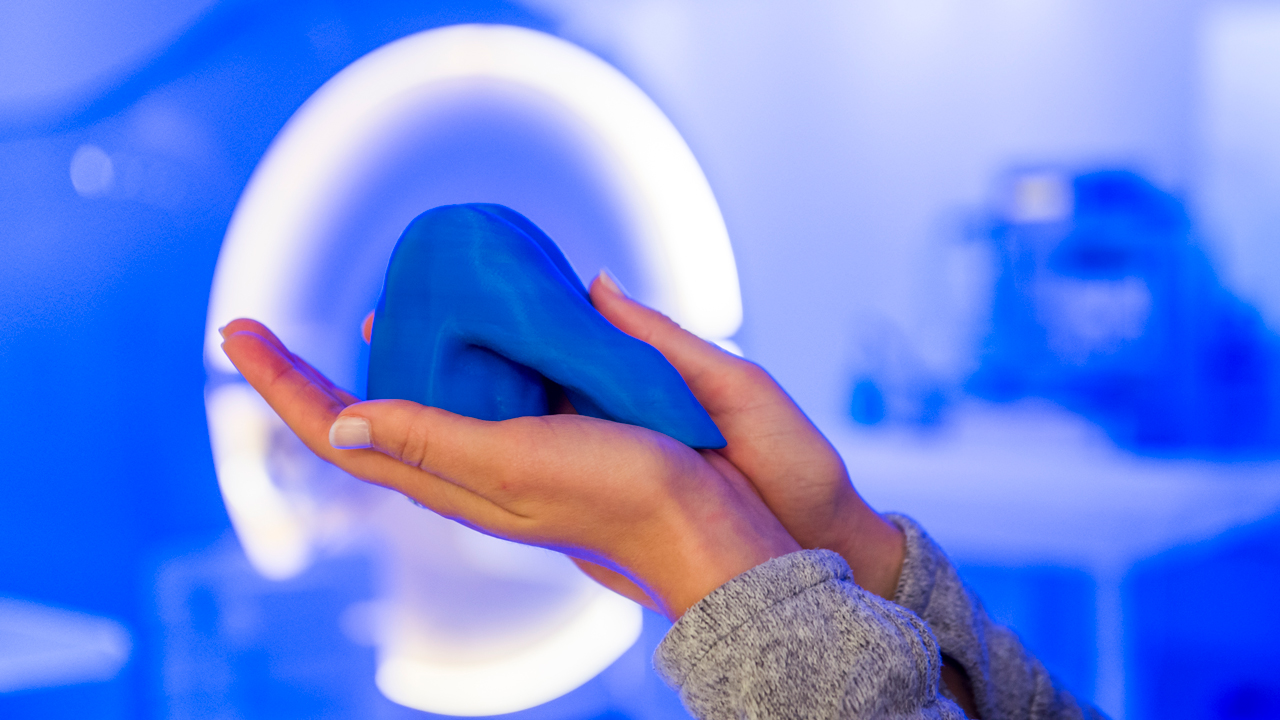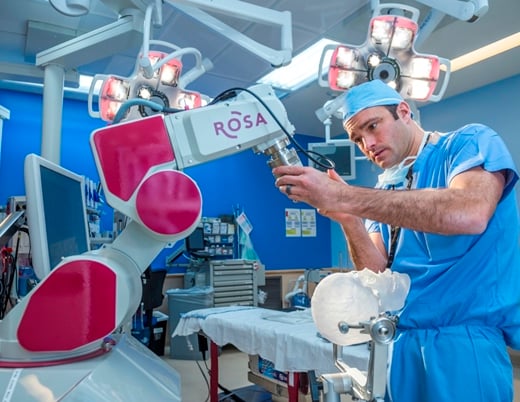At three or four weeks, before the mother likely even knows she's pregnant, the tiny spine and backbone of the human embryo are beginning to form. They form in tandem, one within the other.
Myelomeningocele (MMC), a common form of spina bifida, occurs when a section of the neural tube that runs along the spine fails to close, leaving the spinal cord exposed. The consequences are severe; contact with amniotic fluid causes nerve damage, loss of sensation and sometimes even paralysis. Drainage of cerebral fluid through the lesion causes the brain to sit lower than it should, blocking the flow of cerebral fluid and resulting in hydrocephalus — water on the brain. This not-so-rare birth defect is diagnosed in one in every 1,000 babies born.
Twenty years ago, about 80% of babies born with myelomeningocele needed a cerebral shunt to aid drainage. Those babies would then be at higher risk for complications with shunts, lower extremity operations and bowel and bladder dysfunction.
Research found long ago that repairing MMC with a patch in utero could improve outcomes vastly, as prenatal repairs reduced shunting by 50%. For years, the operation involved opening the mother's womb, measuring the opening in the neural tube, creating a patch to cover the aperture and, finally, applying the patch — a lengthy and arduous process.
Last year, fetal surgeons at Children's Colorado became the first in the world to use 3D printing to prefabricate myelomeningocele patches in advance of surgery, based on 3D computer models assembled from fetal MRI. Prefabrication reduces the length of the procedure to a fraction of what it was before, significantly increasing precision and minimizing risk. These 3D models have since become regular tools in the Colorado Fetal Care Center's continuing efforts to give children with MMC better quality of life.
The potential of 3D printing has hardly been tapped. Within a couple of years the technology may be able to print a "living patch" using the fetus's own cells.
Researchers may be able to harvest amniocytes — fetal cells suspended in the amniotic fluid — to grow stem cells and use them to "seed" a patch. This is referred to as "4D" printing. The patch then becomes incorporated into the baby's own tissues. This capability could greatly expand what we can accomplish with printing technology.





 720-777-0123
720-777-0123










